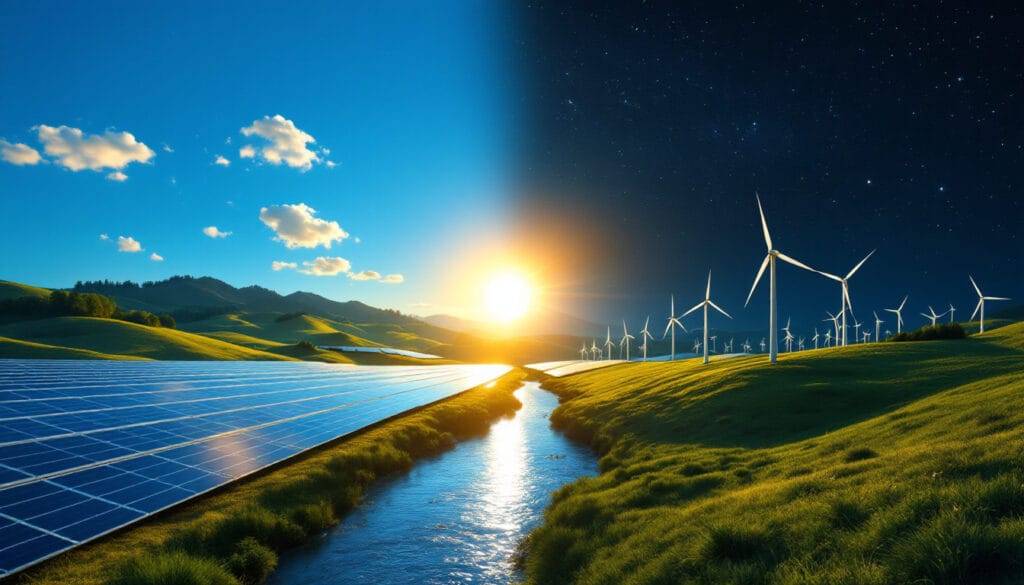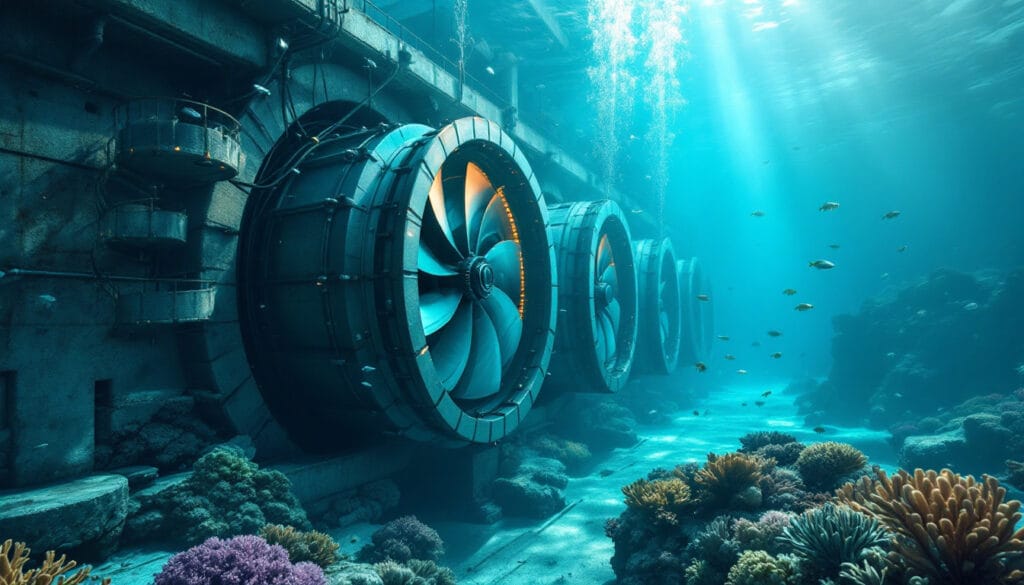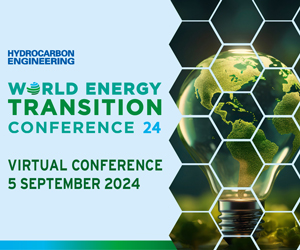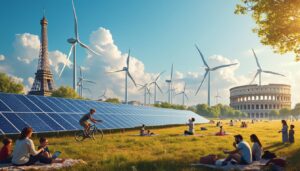Hydroelectricity is distinguished by its ingenious use of water power to generate electrical energy. In a world where sustainable energy resources are becoming critical, this renewable technology offers an essential solution. By capturing the kinetic energy of water through turbines, often coupled with electric generators, it allows for stable and environmentally friendly electricity production. Dominating a considerable share of the energy sector, this traditional practice, refined over centuries of innovation, continues to play a key role in reducing greenhouse gas emissions and transitioning to a cleaner energy future.
Glossary on Hydroelectricity: A Renewable Energy Source
Hydroelectricity: Hydroelectricity is a form of renewable energy that uses the force of moving water to produce electricity. This is achieved by harnessing the kinetic and potential energy of water, often through dams and turbines.
DAM: A structure built to hold water, thereby creating a reservoir or lake. Dams play a key role in hydroelectric production by allowing control of water flow, thereby optimizing energy production.
Turbine: A mechanical device that converts the kinetic energy of water into mechanical energy. Turbines are central to the hydroelectric process; they drive generators to produce electricity.
Generator: A device that converts the mechanical energy from the turbine into electrical energy. This process often occurs through coupling with a synchronous electric generator.
Penstock: A pipe or canal through which water is directed under pressure from a reservoir to the turbine. This maximizes the gravitational potential energy of the water.
Greenhouse gas emissions: Hydroelectricity is known for its low greenhouse gas emissions compared to fossil fuels. However, some studies suggest that bacterial activity in reservoirs can generate methane.
PSH (Pumped Storage Hydropower): A technology involving two water basins at different altitudes. It allows for energy storage by pumping water to the upper reservoir during periods of low electricity demand and recovering it by generating electricity during peak hours.
Environmental impacts: Hydroelectric projects can alter local ecosystems, particularly by disrupting fish migration, displacing human populations, and flooding arable land.
Renewable energy production: In 2023, hydroelectricity accounts for about 47.2% of global renewable electricity production, highlighting its predominant role in the energy transition.
Run-of-river plant: A type of hydroelectric plant that uses the natural flow of water and does not have a storage reservoir, providing continuous energy at a lower cost.
Seasonal variability: The productivity of hydroelectric plants can fluctuate based on seasons and precipitation levels. However, reservoirs allow for adjusting energy supply according to demand.
Energy efficiency: This is the ratio of the energy available at the input of the pumping-turbining process to that which is actually produced by the hydroelectric plant. The typical efficiency of a pumped storage plant is about 82%.
Sustainability: Hydroelectricity is a sustainable technology as the equipment can operate for several decades. It represents an essential pillar for a global energy transition toward a low-carbon economy.
The benefits of this energy source are explored in other articles, particularly in understanding renewable energies, and its global installed capacity is increasing as indicated in this report.

“`html
FAQ on Hydroelectricity: A Renewable Energy Source
A: Hydroelectricity is a renewable energy produced by converting hydraulic energy into electricity using turbines and electric generators.
A: Hydroelectricity is produced by using the force of moving water to spin hydraulic turbines that are coupled to electric generators.
A: Its renewable characteristics, low operating costs, and low greenhouse gas emissions make it a favorable choice. Reservoirs help compensate for demand variations and those from intermittent sources such as solar and wind energy.
A: Although it is environmentally friendly, constructing dams can lead to population displacements and ecological changes, particularly in cases of flooding arable land and fragmenting ecosystems.
A: Hydroelectric projects can be costly to implement and have environmental impacts, especially for large dams. They also highly depend on climate and river flows.
A: The main producers in 2023 are China, Brazil, Canada, the United States, and Russia, whose plants are among the most powerful in the world.
A: As a source of renewable energy, hydroelectricity plays an essential role in reducing dependence on fossil fuels and mitigating the effects of climate change.
Articles similaires
Thank you!
We will contact you soon.













